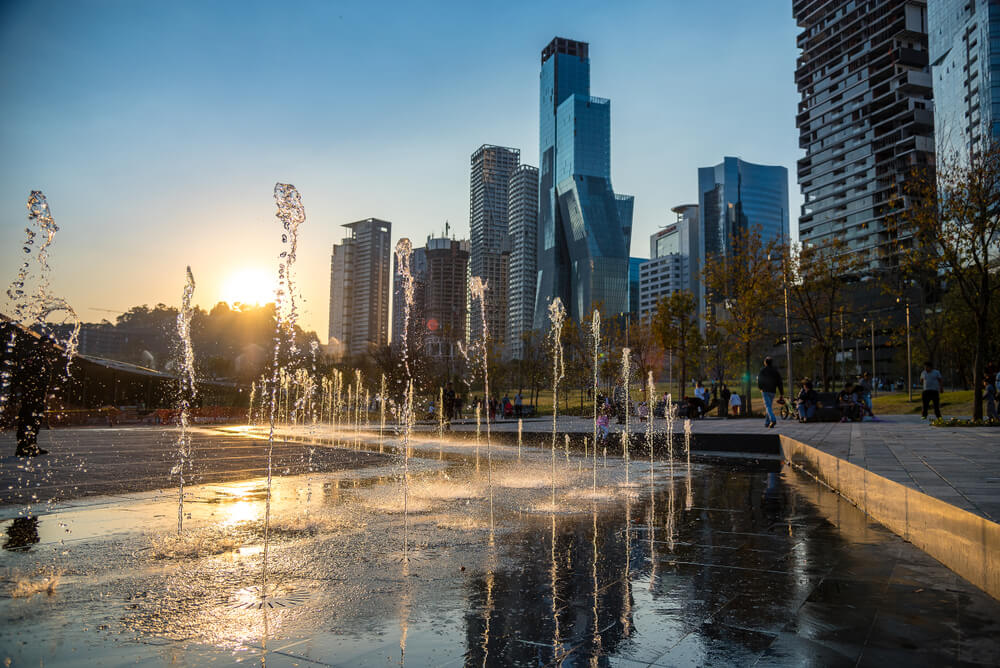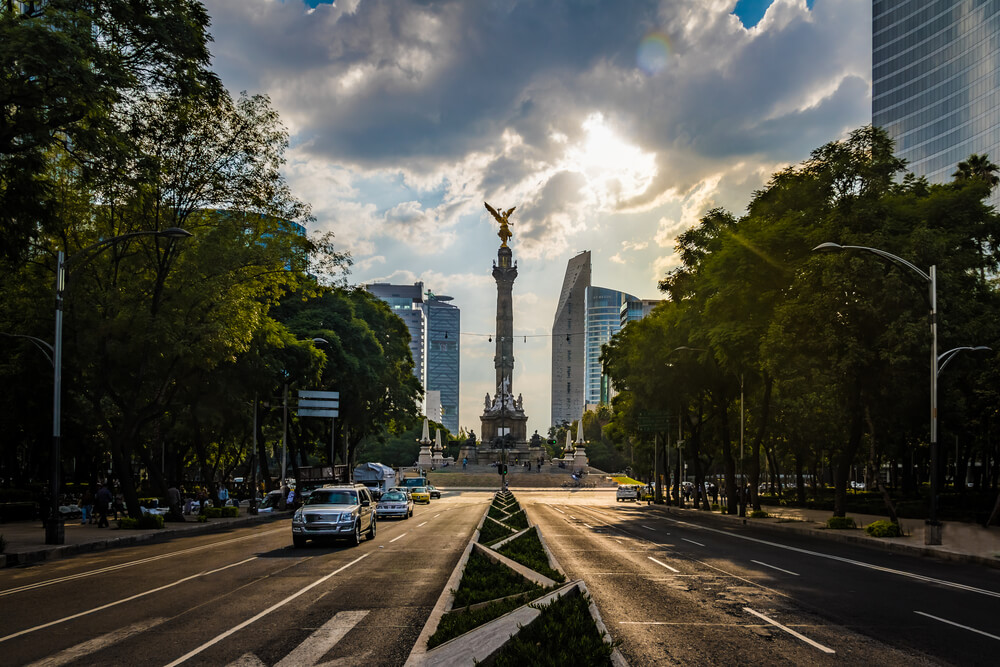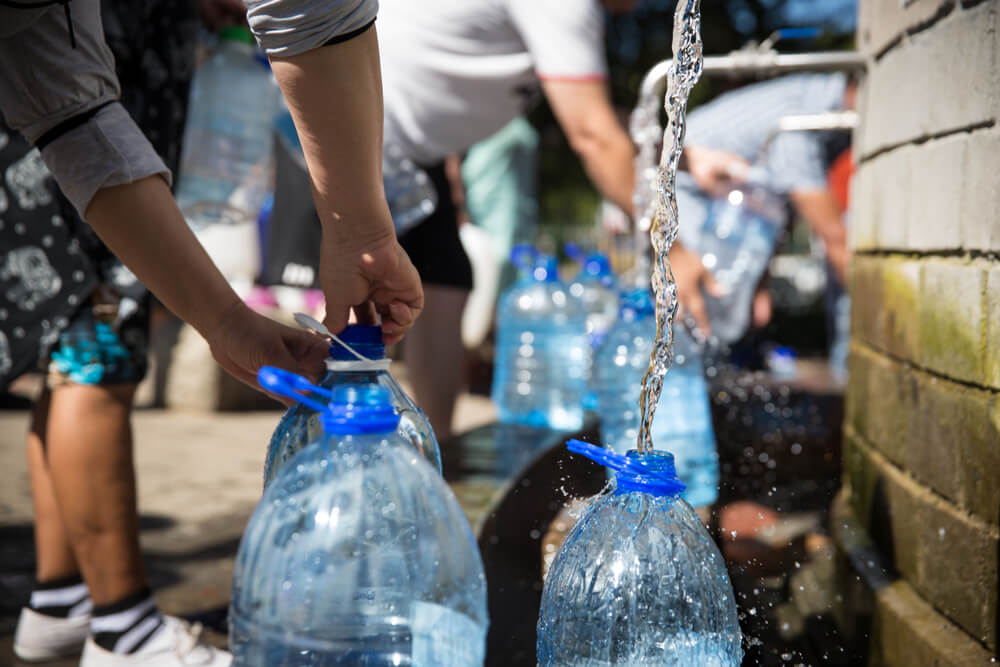Blog
The 10 cities most likely to run out of drinking water
Deforestation or unnecessary spills are the reason why cities face a serious threat of having no fresh water supplies.

Bangalore
More than half of the drinking water in Bangalore, India, is lost to wastewater. And as if that wasn't enough, 85% of the water in the city's lakes is not drinkable. It can only be used for irrigation or industrial cooling.
Bangalore has long-standing problems with drinking water for several reasons. The city, which is considered the Silicon Valley of India, is growing faster than expected. Instead of the current population of 13 million, its population will reach 20 million by 2031.
Water supplies are therefore lower than necessary. In addition, the water infrastructure is outdated and the city is unable to effectively manage rainwater to augment groundwater supplies.
The outskirts of the city are simply not connected to the main tap. As a result, some households rely on private companies to fetch water from wells or lakes for a hefty price.
Chennai
We are going to stay in India for a little while longer because, in terms of water scarcity, the city of Chennai has already lost water in some places. In Chennai, you can see trucks bringing in as much as 10 million litres of drinking water per day. The reason?
The city is struggling with industrialisation, urbanisation and also climate change.
In reality, it seems that the massive construction has robbed Chennai of its floodplains, which used to consist of ponds and lakes and supported the quality of the groundwater. The area of water bodies has declined by 75%, largely degrading the city's groundwater.
And even what locals are left with is polluted by the Bay of Bengal waters, which are extremely dirty. The city also struggles with insufficient rainfall.
While there is plenty of rain during the monsoon season, there is too little after the rains stop. That's when water must come in through pipes from places hundreds of kilometres away.
Istanbul
Despite its location around the Bosphorus Strait, Istanbul faces long-standing water shortages. As with other cities, population growth, industrialisation and climate change play a major role.
However, this is not the only problem. Turkey is trying to build reservoirs to supply water, but as The Guardian reports, the country has long prioritised economic growth over environmental concerns.
This is evidenced by the fact that some water bodies and forests have been turned into airports, highways, roads and bridges. As a result, Istanbul could run out of water by 2030.
Mexico City
Can you imagine having water from taps for only a few hours during the week? In Mexico City, a home to 21 million people, that's nothing new. One in five residents experiences this situation on a regular basis.
Moreover, water is imported from distant sources and, worryingly, the city has no water recycling system.

And even what they have, they don't spend it all on consumption. In fact, the city's pipe networks are so damaged that there are 40% water losses as a result.
Jakarta
Less than half of the population in the Indonesian capital have access to piped water.
Jakarta lies deep below sea level and therefore has a much smaller underground water supply. If people want to get water, they have to dig wells.
However, this is not a solution, quite the opposite. People are only making the situation worse by draining the water and thus deflating vital aquifers.
Even after heavy rainfall, water does not reach the underground aquifers. The city is covered with so much concrete and asphalt that it is unable to absorb the water.
Cairo
The River Nile not only provides drinking water for the people of Egypt, but is also a major source for industry and agriculture. One source that serves multiple purposes.
However, Egypt is not able to irrigate the land efficiently because it uses technologies that wastefully pump gallons of water through the crops.
Add to this the pollution of the River Nile and the rising population curve, and the capital and the rest of the country face a huge water scarcity.
UNICEF says that Egypt lacks up to 7 billion cubic metres of water, which could result in critical water shortages by 2025.
São Paulo
In 2014, São Paulo reached a critical threshold when the city's main reservoir fell below 3% of its water capacity.
The situation may have improved, but the crisis could happen again. Why? The reservoirs are too polluted to be used.
And the ones that do work are also not ideal. Water either leaks from them or runs off to deforest the Amazon. As a result, São Paulo is losing 31% of its water supply unnecessarily.
Melbourne
Melbourne has been through a crisis once before, experiencing its most devastating drought for a decade from 1997.
The city has recovered, but is now threatened by something else - deforestation across the state of Victoria.
It is in the catchments of the local forests where most of Melbourne's supplies are concentrated. Deforestation could thus seriously threaten the city, depriving it of all its water.
Cape Town
Shower for 90 seconds, half a litre of water to drink, one cooked meal per day and hands washed twice. Add to this a few basic necessities like laundry and brushing your teeth and that's it.
 In Cape Town, people are already being rationed water.
In Cape Town, people are already being rationed water.
That's exactly what you could afford with the 13 gallons of water per day you'd be rationed in Cape Town. South Africa's metropolis is perhaps the most notorious city that is actually running out of water.
The situation was at its worst in 2017 and 2018, when supply dams were filled to just under 14%. Now, levels are around 50%, but when the dry season comes, even that won't be enough.
London
You say you've never heard of London’s water concerns? Imagine that in this major city up to 25% of the water turns to waste. Yet there are only two sources - the rivers Thames and Lea.
According to experts, London is already reaching its capacity. By 2025, it is likely to face water supply problems and serious water shortages by 2040.
More articles
Vital wastewater treatment technologies in the waste plastic processing industry
Technological machines for waste plastic processing may vary depending on the plastics processed (e.g. PET, PP, HDPE, LDPE etc.). Therefore, this...
